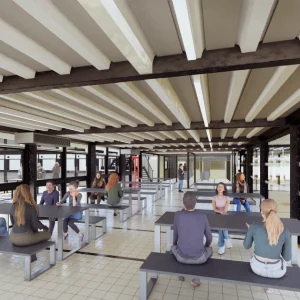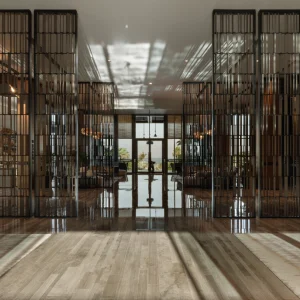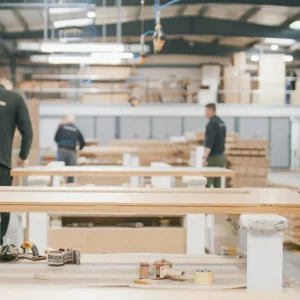The city of Bordeaux is abundant with divine wine, decadent food and an unprecedented history of architecture. However, many fail to realise the city’s inspiring arts culture, from its unique heritage museums to the fine art collections by local and international creatives.
The arts scene in Bordeaux expands from traditional to contemporary and is where designers and artists alike are continuing to make the move from the hustle and bustle of Paris life, to the beautiful and relaxed lifestyle of Bordeaux, but there is much more than a quiet life in this port city. 
While the city has a stunning skyline of architecture with 347 world heritage listed buildings, something must be said about its reappraisal in the world of art and design. The city houses 11 museums and is bustling with art galleries on every corner.
Stroll along the old town’s cobbled streets and take a peek into the former warehouse turned contemporary art museum, CAPC or go back in time at the Museum of Decorative Arts and Design which in recent years has experienced a transformation.

We had an opportunity to speak to the Director and curator of the Museum of Decorative Arts and Design Constance Rubini about her passion for design and what attracted her to the ‘Paris of the South’. Simply put, the city provides people with a new life of inspiration in arts and culture. Rubini believes the city’s sophisticated design is shaking up the industry. She says, ‘There is a great culture of graphic design in Bordeaux, there is fantastic art – and the city has striking architecture’.

Heads started turning when the city was recognised in 2007 as a UNESCO World Heritage site in recognition of centuries of architectural innovation. Visitors can bask upon the beautiful 18th century Opera House, designed by Victor Louis, and his other commendable creations, the Grand Hotel, which houses the InterContinental Bordeaux Le Grand Hotel. Just outside the hotel visitors can enjoy pop-up art by local artists and explore the city’s hidden art gems.
‘There is the time and opportunity to explore more here; to develop,’ Rubini says. ‘And of course there is the museum.’
The Museum of Decorative Arts and Design transformed the art scene in Bordeaux since the establishment changed its name with the addition of ‘design’. The museum is built within a private residence dating back to 1775, which has experienced various forms throughout its life including home to a parliamentary councillor and a running police department and prison.

The museum gives visitors the opportunity to walk through what life was really like, connecting design with culture. ’Design is everywhere in our lives. Almost every object we touch has been designed by someone. Even small, everyday objects have a beauty. I’ve always been fascinated by the way things are made. I see design as central to life,’ says Rubini.
The museum is a testimony to the history of Bordeaux channeling life as a true Bourdieusien in the 18th and 19th centuries. Guests will find a diverse selection of furniture, ceramics and glassware, tableware and personal items. In addition the museum also fuses more contemporary designs of today exemplifying the transformation of design locally and internationally.

What do you think of their buzzing art scene? Tweet at @DesignCurial
Constance Rubini is part of the Stories of the InterContinental Life campaign, visit life.intercontinental.com to see more information about the campaign.





